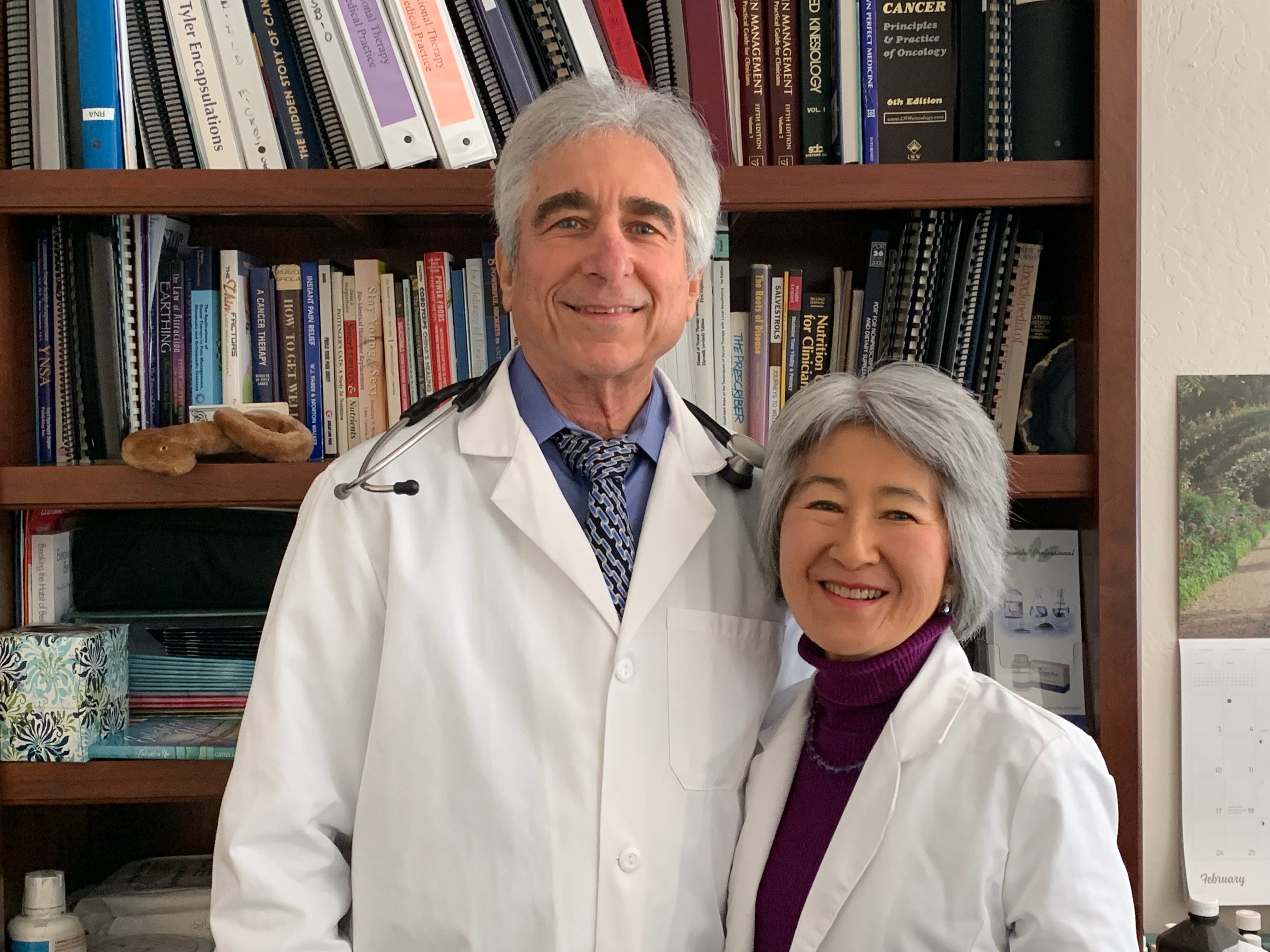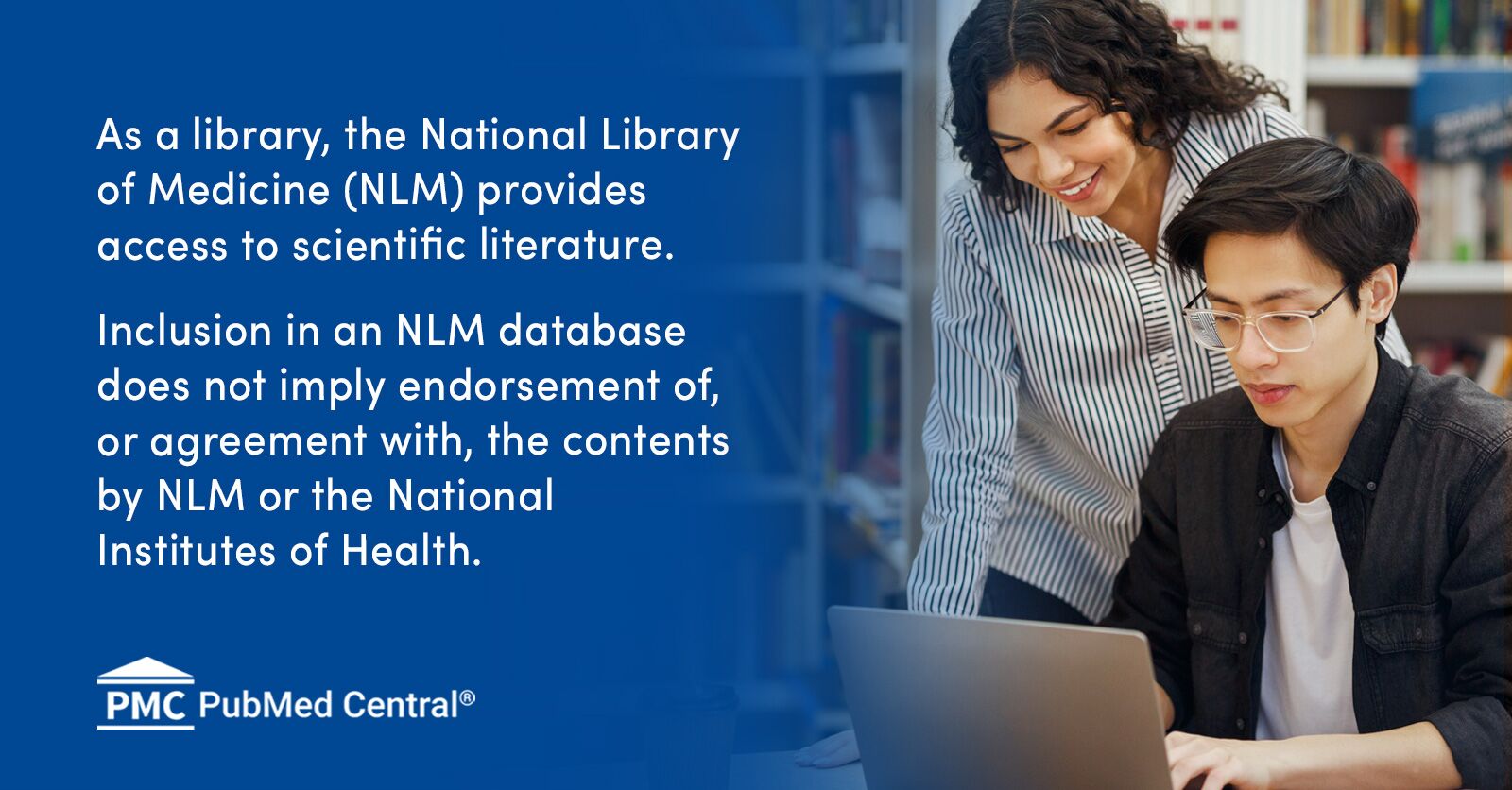I'm not sure I follow your reasoning. Ozone is toxic as a breathable gas and has a large list of very well known health problems due to over exposure from things like ozone generators used to "clean" air or remove smells. Ozone poisoning is very real.Then I and my family should be dead.
Ozone is also an incredibly common compound and has uses, some beneficial, due to it being a very strong oxidizing agent. In tissues, ozone has been seen to generate lots of free radicals and deplete anti-oxidants, as well as oxidizing lipids and proteins. Longer exposure seems to stimulate pro-inflammatory pathways (no surprise given what I just said). In the respiratory tract, ozone is A Big Baddie, but not perhaps as big of a baddie as, say, carbon monoxide, as it directly damages the the respiratory tissues without "poisoning" the blood. It is especially bad if you have asthma.
Anyways - the toxicity of ozone is highly dependent on concentration, administration route, and duration. As such, it is important to differentiate Ozone from Ozone Therapy. Ozone therapy has seen some promising research related to skin diseases. Interestingly, the research suggest anti-oxidant benefits, which at least to me would suggest that since ozone is a very strong oxidant, ozone is acting as an irritant that the body then "over responds" to, and if given at low enough doses may be beneficial. This is similar to the how it seems the "right" amount of exposure to germs generates a healthy immune system, which is the foundational theory behind many vaccines and even helminth therapy.
So, again, I'm not sure what you mean


